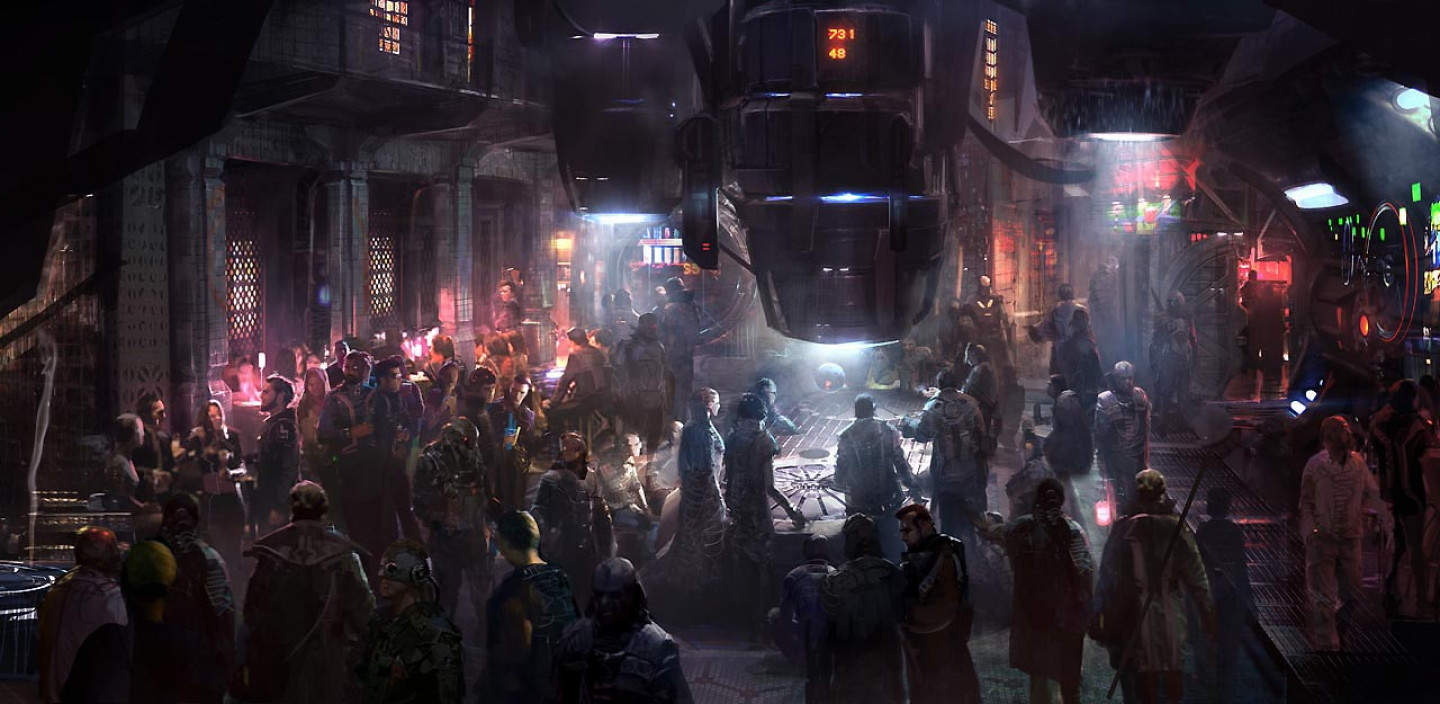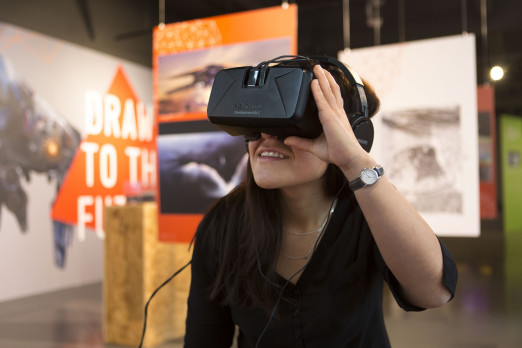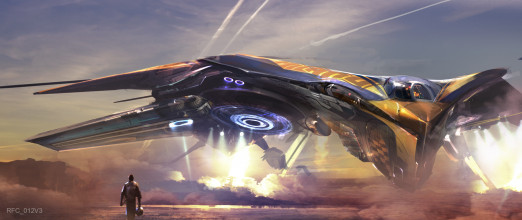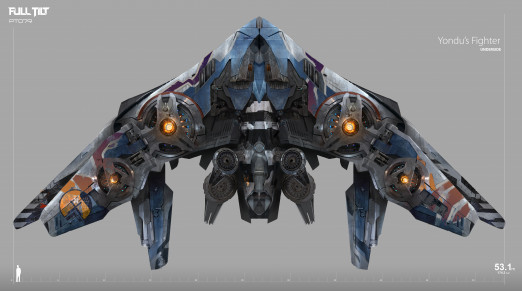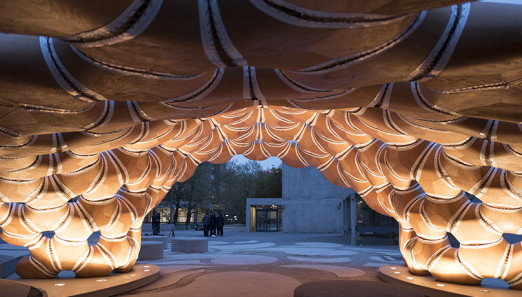Making images is at the heart of every building project. Plans and images are a promise of the future to clients, sub-contractors, politicians, anyone with stake in making buildings or assessing the impact of change on the built environment. But we are seeing a rapid acceleration of new visualisation tech alongside a creeping dissatisfaction with the hyperreal imagery/imaginary of finished schemes - at least anecdotally.
How does the industry negotiate a new diversity of image-making and changing expectations on the part of clients? The Guardians of the Graphics debate at The Building Centre brought together a diverse set of image-makers, each creating very contemporary and very different kinds of image-making: CJ Lim, Professor of Architecture and Urbanism at The Bartlett; UCL David Edge, Head of Visualisation, Arup; Ron Ashtiani, Founder, Atomhawk; Richard Benson, Creative Director and co-founder, Pikcells.Moderated by The Building Centre's Lewis Blackwell.
Here's a quick summary of key takeouts.
1. Drawing has a life of its own
CJ Lim’s image-making traverses highly-produced representational images for clients and more experimental image-making for exhibitions and books. Indeed his talk began with an image from sci-fi movie12 Monkeys, the film-still originated in a drawing by Lebbeus Woods called Neomechanical Tower (Upper Chamber). Woods received compensation for its unauthorized, uncredited usage.

(Bruce Willis in 12 Monkeys on the left. Lebbeus Woods' drawing on the right)
It illustrated a wider point made by Lim that “drawing has a life of its own”. An idea echoed later by Atomhawk’s Ron Ashtiani. Atomhawk create concept art for Hollywood movies such as The Guardians of the Galaxy and Avengers Age of Ultron, and computer games such as Mortal Combat. The Atomhawk drawing of the Milano spaceship for Guardians of the Galaxy became an image in the film, sections were constructed by 3D printing for big comc-expos, and eventually the image drove the making of the toy accessory spin-off - as much a part of the image-making for blockbusters as the concpet art for the film itself.

(Sections of the spaceshop Milano, printed out for a comics convention)
In a business context, in presentations, we often think of the image as a simple echo of the text. But actually images flow around the entire project, opening up creative and commercial possibilities.
2. How an image directs thinking
CJ Lim reminded us of how the city in the genre of Film Noir, became a character, and was also visualized on lurid pulp fiction book covers from Raymond Chandler to the neo-noir of James Ellroy’s Los Angeles novels.

CJ Lim and Ed Liu’s book, Short Stories: London in two-and-a-half dimensions features fictional narratives proposing different ideas for transforming London’s space. The image-making included: collage; models; drawing; sometimes burning drawings and attaching them to the surface.

(The layers of the city. An image/model from CJ Lim and Ed Liu’s book, Short Stories: London in two-and-a-half dimensions, 2011)
There were images where every single piece was “stuck on with tweezers, like making a quilt through crafting”. Because the images were made by a group, the making involved discussion about the making of the image as it was being made. A feedback of making and reflection. Though the kind of imagery for the book isn’t necessarily appropriate as a final-output for commercial clients, it’s arguable that the collective method of image-making applied to commercial projects may be a useful system to inspire new thoughts around more conventional projects. The crafting process slows things down, enabling people to think in a different rhythm. While science has consistently shown classic brainstorming not only to be a myth but counterproductive, this kind of group making with an object or image generated fascinating outputs.
3. An effective image is a matter of timing
As both Arup’s David Edge and CJ Lim reminded us, the process of construction is suffused with images – sketches, plans, sections, diagrams, images of the proposed end result, marketing images. David Edge broke down client process by aesthetics (you could call them business genres), of images. So the Olympic Park development needed imagery for planning purposes, more resolved images for legacy, then a lux version showing the space under lighting. But most fundamentally, as Edge told us in relation to the technical and engineering issues, “How do you communicate complexity, and at what stage?”
This is a key question for any presentation. Arup’s accelerated development of visualization – building layers of sound, VR, interactivity, chronology into their imagery – is delivering the ‘all-at-once’ nature of complexity in a way that gives the client access to raw data and a sensory experience tha communicates different but vital information.
For the HS2 project they created an interactive infrastructure map – viewers could scrub through the map and visualizations of exact locations can be brought up telling the story of a construction at a moment in time. Indeed as Edge reminded us models and images are design tools to help us understand space but their aesthetic will very much depend on their function and place in the project process.
4. Scuffing it Up
Richard Benson from Pikcells, who creates computer-generated visuals of interior spaces reminded the audience that there is a moment when visual perfection becomes a sign to be mistrusted. It’s a commercial issue in that Benson highlighted the fact that 75% of the IKEA catalogue is now computer generated. He argues that you need to introduce imperfection and chaos into the smooth pristine computer image, “you have to go in and roughen it up, scuff it up, create gaps in surfaces.” The advances in CGI simulation have been significant, Benson was most impressed by advances in the simulation of cloth – the next frontier is knitwear. Panel moderator Lewis Blackwell asked what were the objects that were particularly difficult beyond knitwear – foliage and leaves remain a particular challenge.

(Scanning in a couch for visualizing a space, Pikcells)
5. Difficulty as Technique for Invention
Blackwell asked CJ Lim whether the studio deliberately rejects orthodox tools, enabling them to do difficult things. Although Lim said it wasn’t a motivation, in a sense, this issue of difficulty was the common driver of each panelist. Each of these industry players figures are pushing received conventions of visualizing reality.
Ron Ashtiani observed that Atomhawk's futuristic work for Hollywood always had some component of a recognizable, familiar form - otherwise the new vision just wouldn't make sense to an audience, they would have nothing to hold onto. Their work for the Guardians of the Galaxy nodded to pulpier, mid-century visions of the future. 
Just as Arup's David Edge posed the question of when to introduce complexity to a client, and how to communicate, the issue is how to excite and engage clients about what's truly original in a project.
Click to read interviews with Richard Benson of Pickcells, Ron Ashtiani of Atomhawk and CJ Lim
